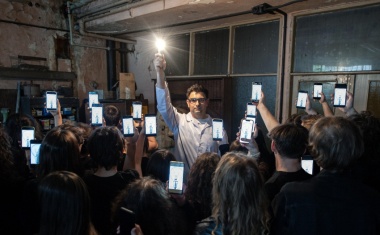
Tuning light with organoaluminium chemistry
A new type of compounds has potential applications in optical electronics such as in OLEDs.

A new type of compounds has potential applications in optical electronics such as in OLEDs.
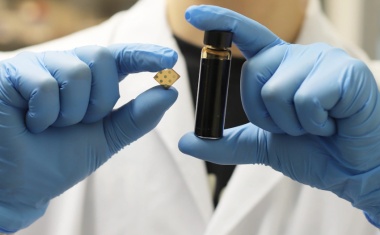
Silver telluride colloidal quantum dots for a better shortwave infrared photodetection.
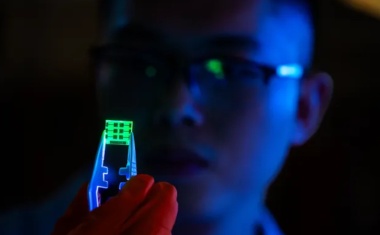
The frontrunner candidates for the next generation of lighting and display technologies.
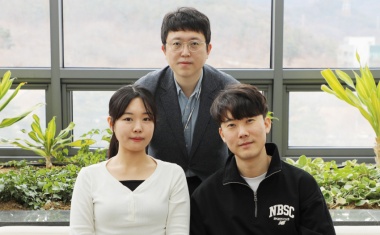
Devices without lead and cadmium show an increased charge carrier diffusion length.
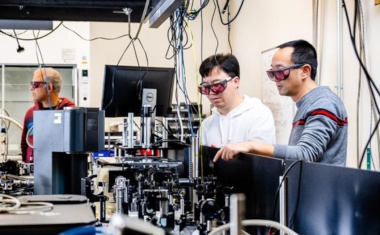
New nanoscale technique provides an unprecedented look at how quantum materials behave at interfaces.
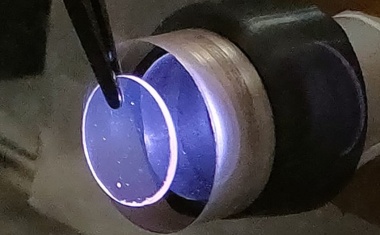
New approach to store digital data with crystal defects.
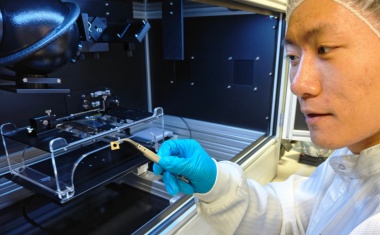
Proof-of-concept device outperformed commercial indium gallium arsenide photodiodes in responsivity.
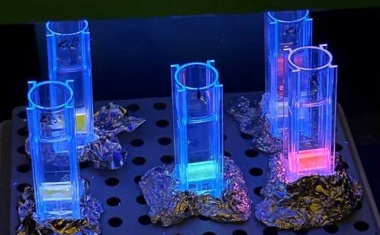
New method could be applied to wide range of nanoparticles, promoting sustainability in lasers, biosensors and electronics.
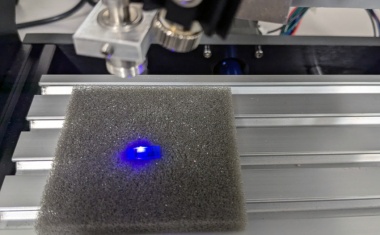
Semipolar LEDs are shining brighter while maintaining their efficiency.

A new discovery could dramatically enhance technologies like lasers, sensor, and optical computing in the near future.
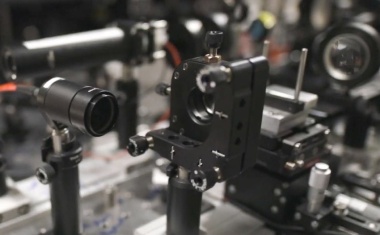
Physicists unlock transformative new way to transmit information over laser light.

$1 million DOE-grant to study additive manufacturing to create shields and components for extreme conditions.
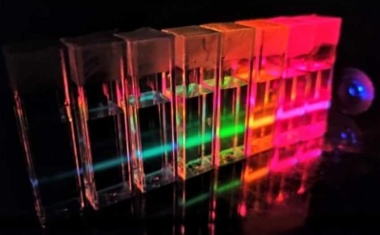
In situ monitoring approach for quantum dots with a desired emission wavelength.
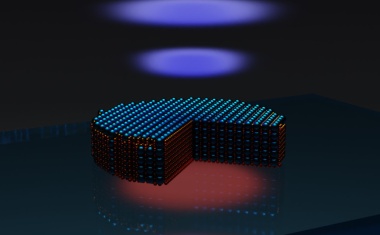
A new tool for enhancing the entire spectrum of optical second-order nonlinear processes in nanostructured materials.
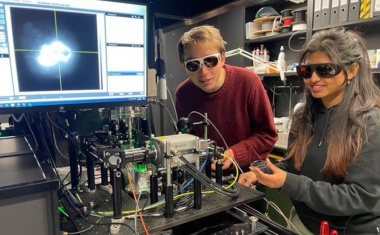
A new 2D quantum sensing chip can simultaneously detect temperature anomalies and magnetic field in any direction.

New perovskite waveguides show an edge lasing effect.
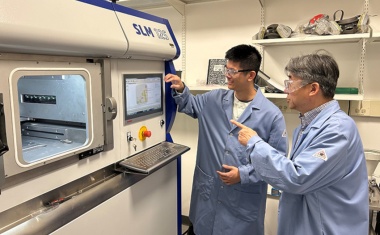
Proper introduction of nanoscale medium entropy intermetallics for the design of ultrastrong, deformable alloys.
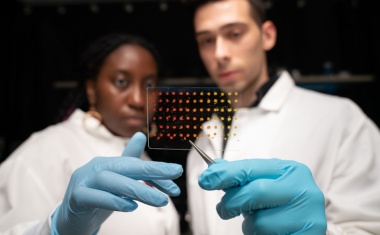
New computer vision method characterizes a material’s electronic properties 85 times faster than conventional methods.
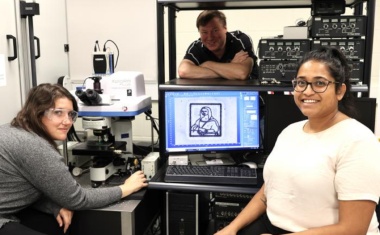
Successful development of a low-cost polymer receptive to low power lasers.
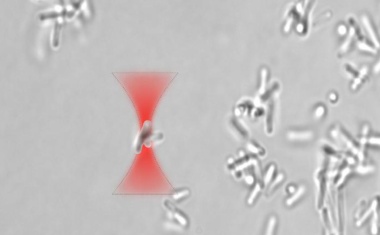
As a tool for influencing biofilm growth patterns, laser manipulation could enable biofilms to be used for sensors.
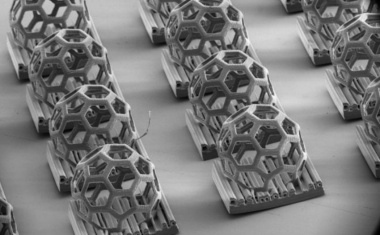
The new scalable, high-resolution, 3D printing technique is based on roll-to-roll continuous liquid interface production.
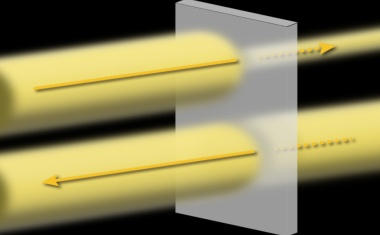
New material shows a large nonreciprocal absorption of light depending on the direction of light propagation.

Amorphous solids selectively absorb light of different polarizations.
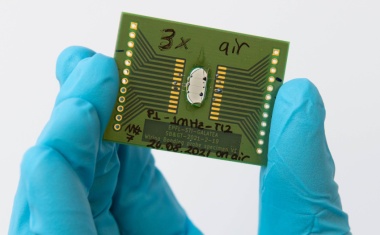
A novel way to create photoconductive circuits directly patterned onto a glass surface.
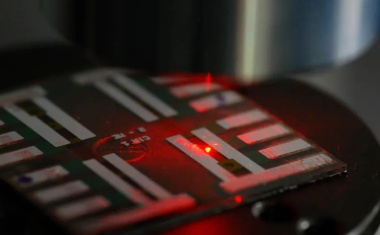
New prototype shows very efficient amplified spontaneous emission.
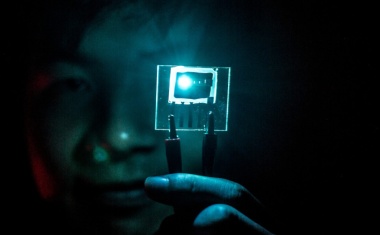
Long-lived blue PHOLEDs are based on plasmon-exciton-polaritons.

An adjustable filter for terahertz light made of cellulose and a conducting polymer.

The collaboration focuses on developing differentiated materials engineering solutions for several specialty semiconductor applications.

Industrial kraft lignin based binary cathode interface layer enables enhanced stability.
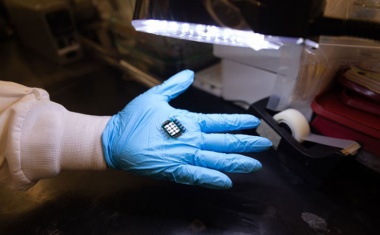
Improving cell efficiency using a combination of molecules.
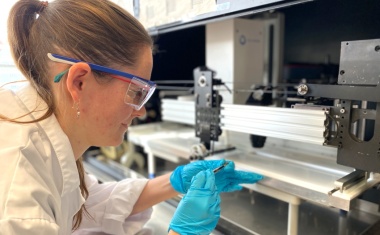
Better production of monolayers of organic semiconductor molecules at air-water interfaces possible.
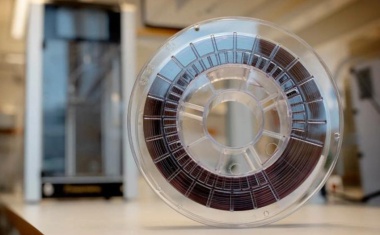
New type of composite material shows unique optical properties.
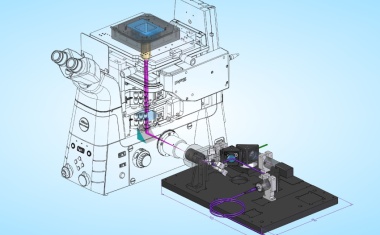
Inexpensive printing system precise enough to create microlenses and metamaterials.

New strategy to engineer an improved anode material in next-generation batteries.

New composite semiconductor is made up of a water-insoluble polymer and indium oxide.